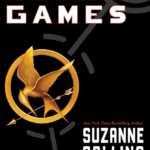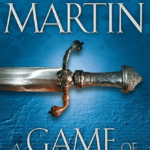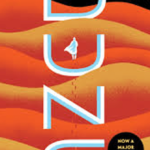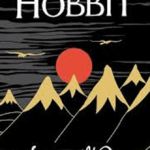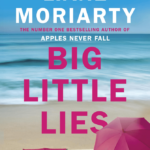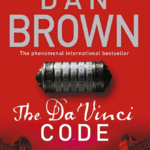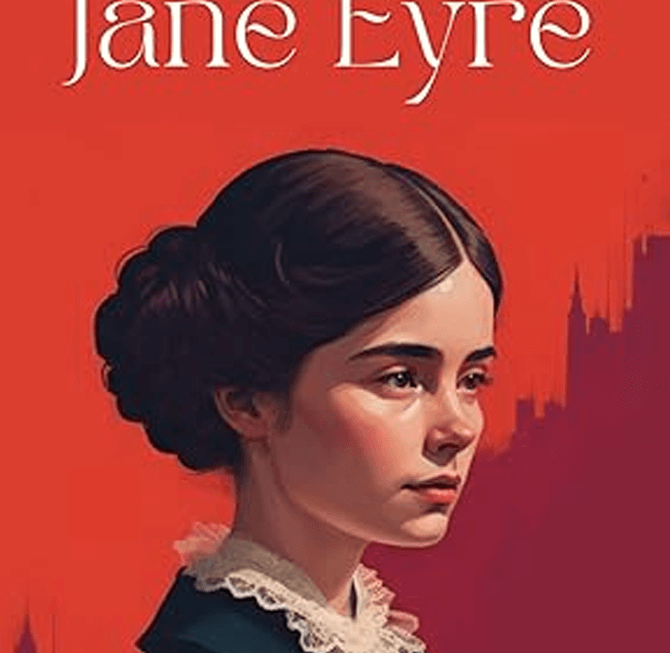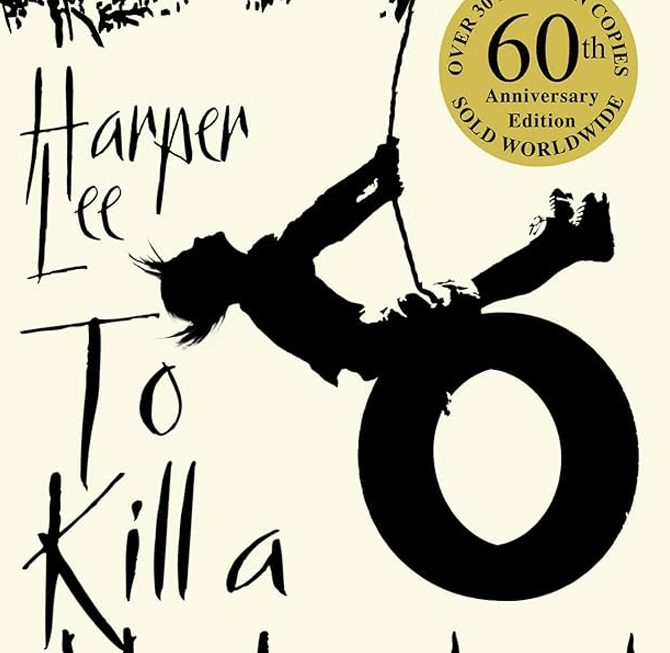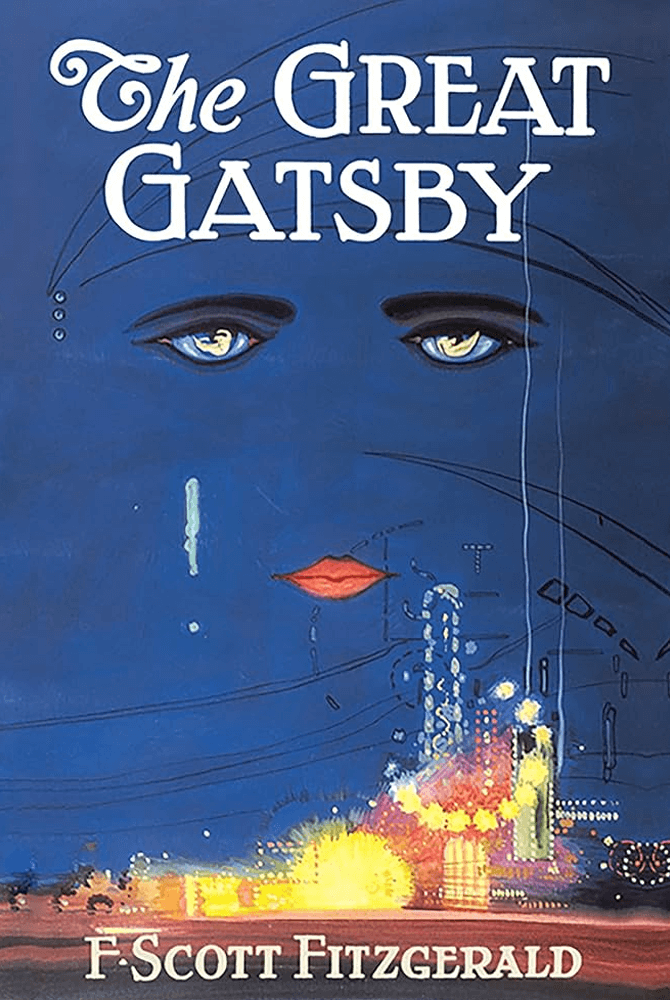
Book Title: The Great Gatsby
Author’s Name: F. Scott Fitzgerald
About the Author:
Early Life and Background: Francis Scott Key Fitzgerald was born on September 24, 1896, in St. Paul, Minnesota, USA. Raised in a middle-class family, Fitzgerald displayed a keen interest in writing from a young age. He attended Princeton University but left before graduating to join the army during World War I. Though he never saw active combat, his military experience profoundly influenced his writing.
Key Achievements or Milestones: Fitzgerald is regarded as one of the greatest American authors of the 20th century, credited with capturing the essence of the Jazz Age in his works. His debut novel, This Side of Paradise (1920), brought him immediate fame and established him as a literary figure.
Other Notable Works:
- This Side of Paradise (1920)
- The Beautiful and Damned (1922)
- Tender is the Night (1934)
- The Last Tycoon (unfinished, published posthumously in 1941)
Awards or Recognition: Although Fitzgerald did not receive major awards during his lifetime, his works gained immense acclaim posthumously. The Great Gatsby is now considered a cornerstone of American literature.
Book Synopsis:
Genre: Classic Literature, Tragedy
Plot Overview: The Great Gatsby is set in the Roaring Twenties, an era of prosperity and excess in the United States. The story is narrated by Nick Carraway, a young man who moves to West Egg, Long Island, and becomes entangled in the lives of his enigmatic neighbor, Jay Gatsby, and his cousin, Daisy Buchanan.
Gatsby, a wealthy and mysterious figure, is deeply in love with Daisy, who is married to the arrogant and unfaithful Tom Buchanan. The novel explores themes of love, ambition, class disparity, and the American Dream, culminating in a tragic ending that underscores the emptiness of material success.
Key Characters:
- Jay Gatsby: The enigmatic millionaire who throws extravagant parties in hopes of rekindling his romance with Daisy.
- Nick Carraway: The story’s narrator, who offers a grounded perspective on the glamorous yet hollow world of Gatsby and his peers.
- Daisy Buchanan: Nick’s cousin and Gatsby’s former lover, torn between wealth and true love.
- Tom Buchanan: Daisy’s domineering and unfaithful husband.
- Jordan Baker: A professional golfer and Nick’s love interest, representing the modern and somewhat cynical woman of the era.
Tone and Style: The narrative combines poetic prose with incisive social commentary. Fitzgerald’s writing is both lyrical and critical, evoking the glittering allure and underlying moral decay of the Jazz Age.
Ratings & Reviews:
Average Rating:
- Goodreads: 3.93/5
- Amazon: 4.4/5
Notable Reviews:
- The New York Times praised the novel’s depiction of the American Dream and its richly drawn characters.
- Critics often highlight the novel’s vivid portrayal of the 1920s and its timeless exploration of ambition, love, and disillusionment.
Unique Aspects:
- The symbolic use of the green light at the end of Daisy’s dock represents Gatsby’s unreachable dreams.
- The Valley of Ashes is a desolate wasteland symbolizing the moral and social decay hidden beneath the glitz of the Jazz Age.
- Fitzgerald’s sharp critique of class divisions and the fleeting nature of the American Dream.
Conclusion: The Great Gatsby is more than a tale of love and ambition; it’s a poignant commentary on the pursuit of happiness in a materialistic society. Its timeless themes and unforgettable characters make it a must-read classic that continues to resonate with readers worldwide.
Sources:
- “The Great Gatsby” on Goodreads and Amazon for ratings.
- “F. Scott Fitzgerald: A Biography” by Matthew J. Bruccoli.
- Various critical essays and reviews have been published in The New York Times and The Guardian.
- Image Source: Amazon.com


